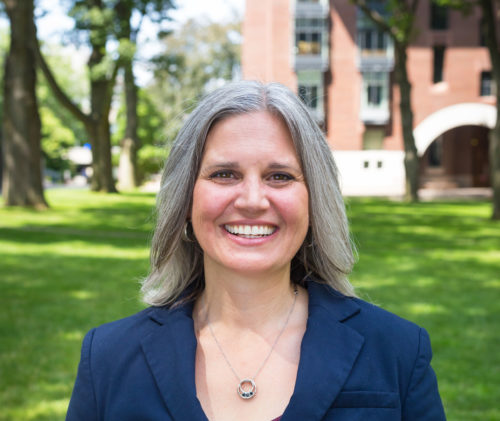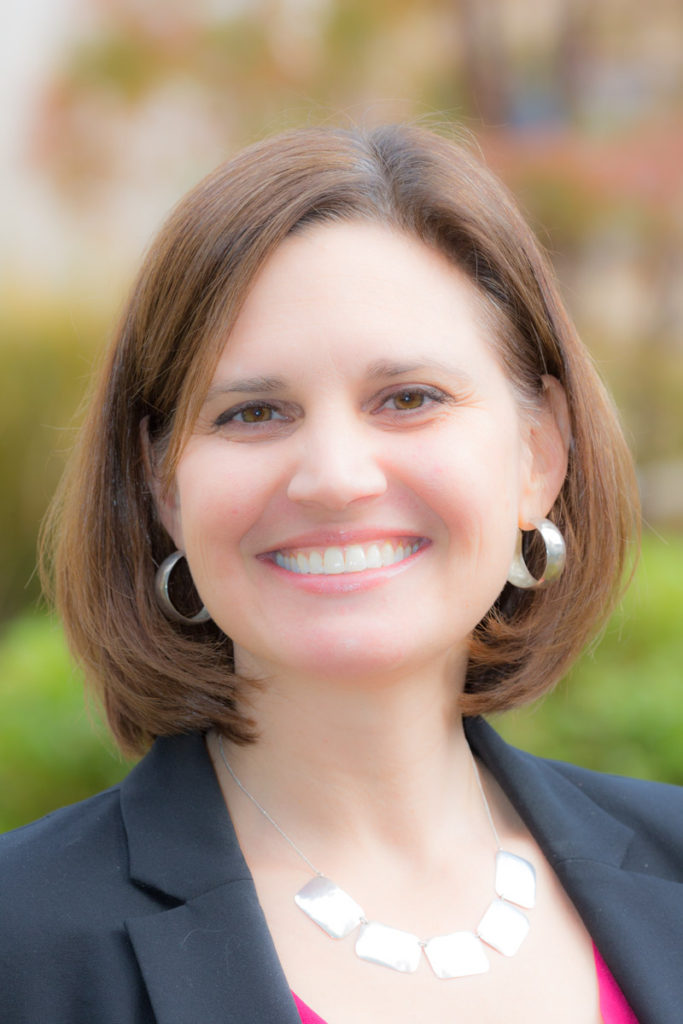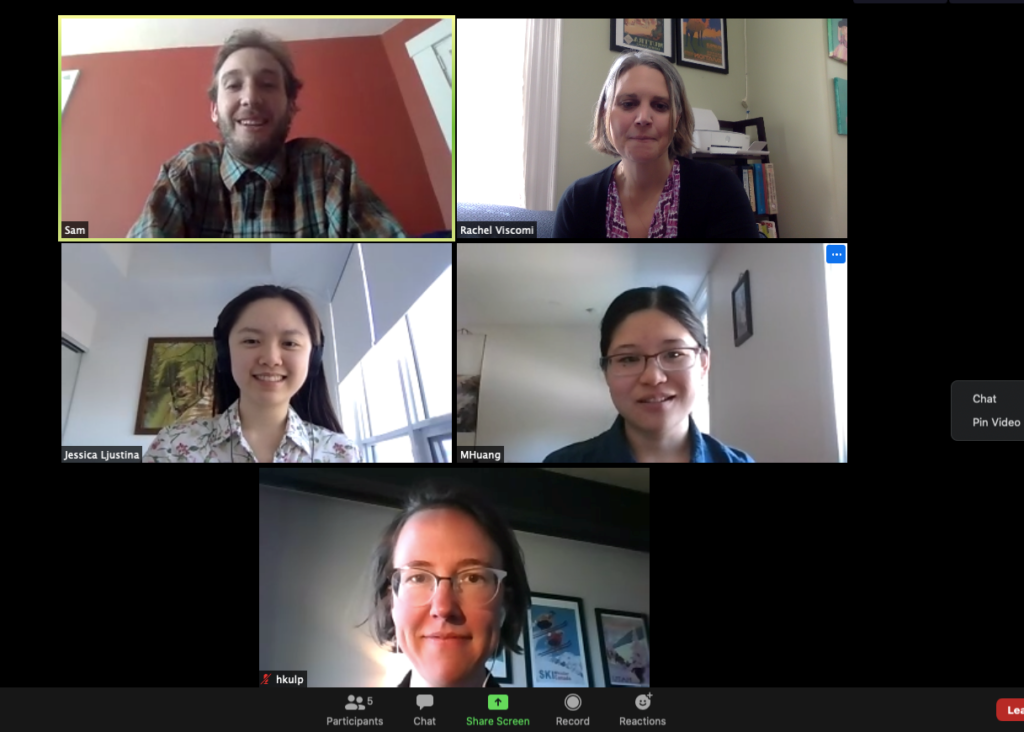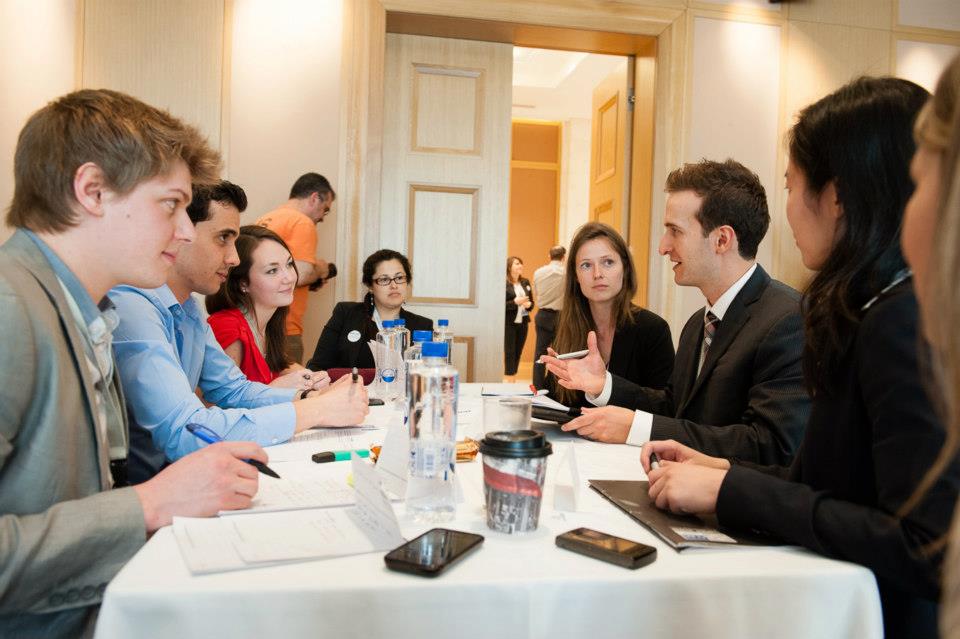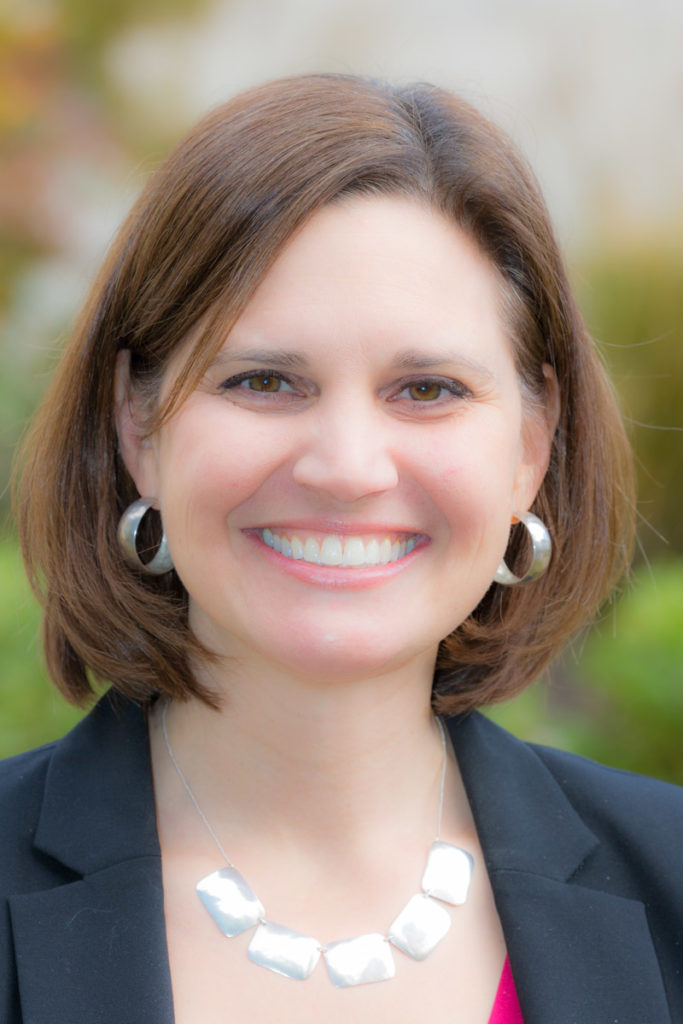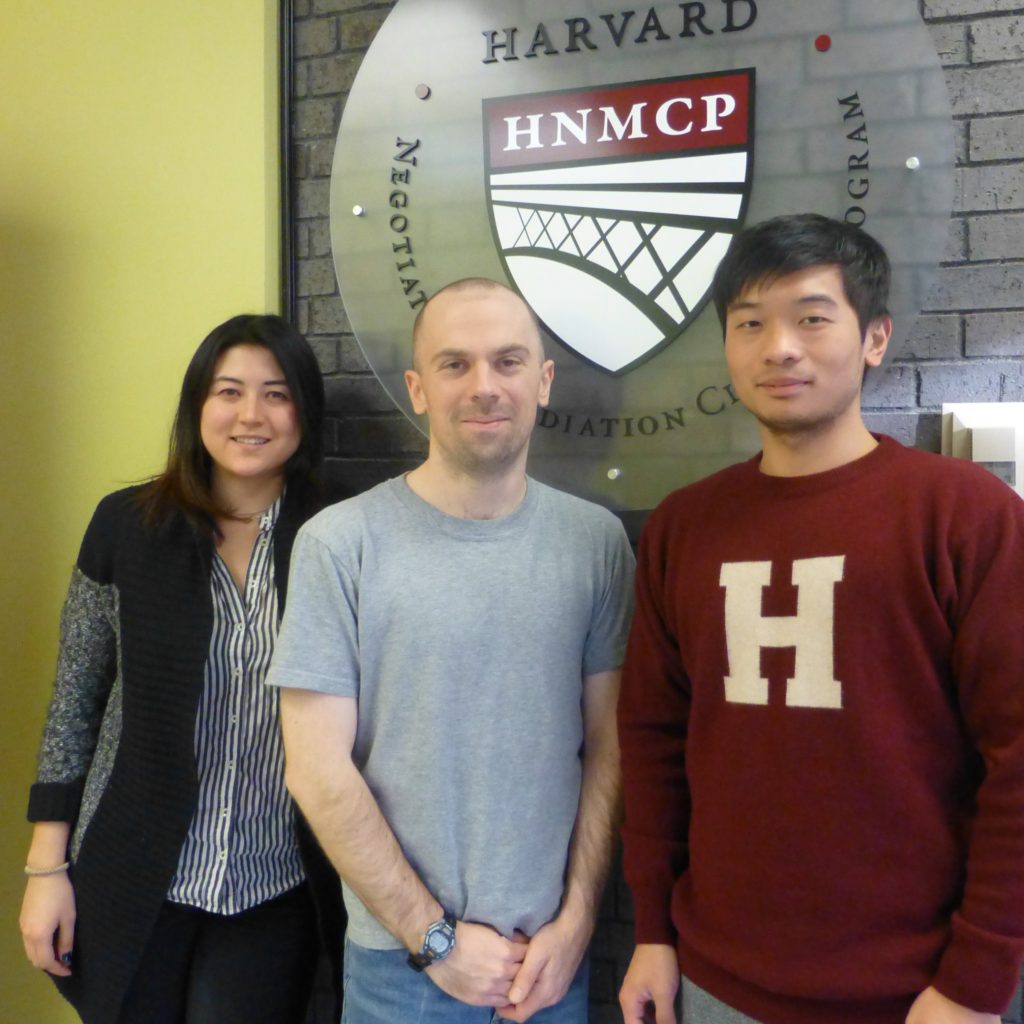STUDENT PROFILE:
Danielle Bart ’13
HNMCP Project: U.S. Dept. of Transportation/Volpe National Transportation System Center
HNMCP: Danielle, you’re going to be a teaching assistant in the “Negotiation Workshop” this spring. You’ve taken the “Negotiation Workshop,” “Dispute Systems Design” and the “Multiparty Negotiation Workshop,” as well as the Negotiation & Mediation Clinic (HNMCP). All this indicates a fairly deep interest in alternative dispute resolution. What is it about this work that peaks your interest?
Danielle Bart: From the 1L problem-solving workshop onward, law school is about dealing with tricky issues. In more traditional classes we get tools for dealing with interesting legal problems, and clinics help us apply those to real situations. What I love about the negotiation program is that it widens the scope of problem-solving. For me, negotiation goes beyond the tricky legal questions. It focuses on the motivating factors, wider issues, and personalities that surround a problem, and looks for a solution that is collaborative and that addresses its context. That’s a really satisfying process to take part in, and I think it can bring about more creative and durable solutions.
HNMCP: So I guess despite the range of clinic options available at Harvard Law School that made HNMCP an obvious choice?
DB: The clinic seemed like a natural choice for me. I was hoping to get really instructive, practical experience applying negotiation principles and skills, and I got it! Negotiation is challenging in a classroom setting, so predictably, having real people and problems to work with really increases the level of engagement you have to have. What’s more, there is extra motivation to be rigorous in your work. Unlike many other kinds of legal work, a client in negotiation can immediately assess your analysis of their situation. If your description of a party’s interests or of a relationship dynamic doesn’t resonate, or if it isn’t entirely consistent with their reality, the client will let you know. So you have to be incredibly attentive and nuanced in your assessments in order to build the client’s trust and confidence, as well as to provide strong foundation for your recommendations. There’s a necessary level of closeness and accountability there that makes the work really exciting.
HNMCP: What was interesting and what was challenging about the clinic in general and your project in particular?
DB: Perhaps the most fascinating thing about the clinic was the range of projects. That semester the projects covered everything from advising government agencies on how to expand their ADR departments to helping create an avant garde online ADR interface. Seeing how the core set of principles was used on those diverse problems over the semester was amazing, and very educational.
The other interesting element of the clinic is the extent to which it’s an exercise in learning to work with other people. You spend a lot of time with your clinic team, and you have to be effective together from early on. We were given assignments expressly designed to help our teams create and maintain a supportive and efficient dynamic. It’s fascinating to me that working with others is such a necessary part of professional life, yet there’s so little instruction that is meant to explicitly develop skills for doing it well. I appreciated that aspect—it was an unexpected part of the clinic and a really great bonus.
With regard to challenges, a major issue for my project was dealing with strong, entrenched, intergroup dynamics between the different stakeholders involved. Before the clinic, I don’t think I understood on a visceral level how deeply embedded institutional cultures can be. Even in cases where the parties are interested and willing to change their patterns of interaction, as in our project, creating lasting behavioral change takes time. We did our best to create structures and mechanisms for helping the parties reach that goal.
HNMCP: How do you think your clinic experience will inform your future work?
DB: In terms of future work, I have two main takeaways from the clinic. The first has to do with working in a team and being deliberate about creating an effective, and pleasant, working group. The second has to do with the interaction between problem-solving goals, associated structural solutions, and long-term relationships. In my clinic project, the parties had an industrial accident-reporting system that basically allocated blame and meted out punishment when things went wrong, and it created strong incentives for behavior that defeated the goal of the system, which was to increase safety. Not only that, the structure fed into growing antagonism between the different stakeholders, and it affected their other interactions. Working on the project really showed me that as (proto-) lawyers, the solutions we provide for clients aren’t finite—they’re part of a longer chain of relationships and events. Depending on how the solution is crafted, today’s problem-solving result can be tomorrow’s problem, or it can help the client reach more productive outcomes. I think it’s important to keep that in mind, especially in more adversarial contexts.


